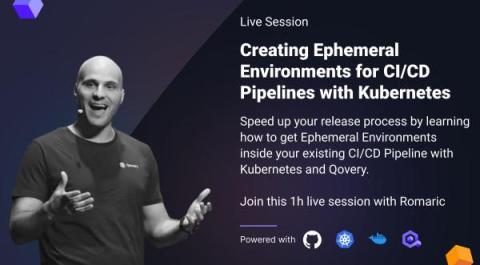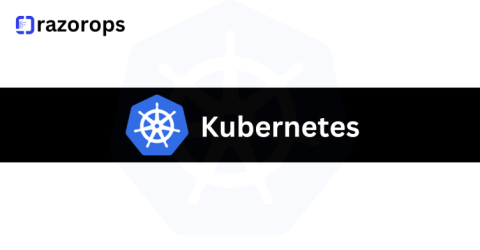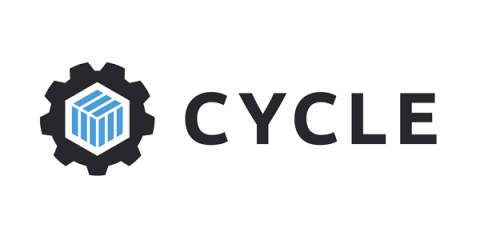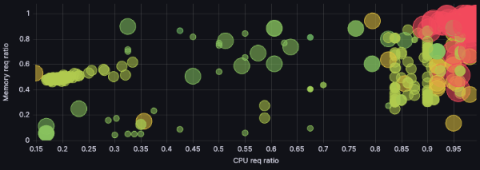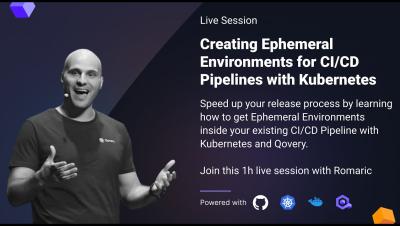Operations | Monitoring | ITSM | DevOps | Cloud
Containers
The latest News and Information on Containers, Kubernetes, Docker and related technologies.
K8s Exercise Labels and Annotations
Kubernetes, often abbreviated as K8s, has revolutionised the way we manage containerized applications. It provides a robust platform for orchestrating and managing containers at scale. One of the key features that sets Kubernetes apart is its powerful metadata system, which includes labels and annotations. In this blog post, we’ll take a comprehensive look at how labels and annotations work in Kubernetes and how you can leverage them to enhance the management of your applications.
Is Wasm Too Soon or Too Late by Ashwin Kumar Uppala - Navigate Europe 23
High performing Engineering Teams and the Holy Grail by Zan Markan - Navigate Europe 23
Cycle vs. Kubernetes: Why I See Organizations Making the Switch
Greetings! My name is Matt Krauser and I’m a Strategic Sales Executive here at Cycle. After participating in nearly a hundred demos of the platform, I wanted to step back from my day to day grind and share a little about my experience thus far. My goal in writing this is to compare Cycle and Kubernetes, discuss the primary pain points I hear from prospects and K8s users on a daily basis, and explain how Cycle can alleviate these challenges.
Enrich Kubernetes with New Deployment Tracking Capability
When things go wrong, we’d all love the ability to go back in time, return things to the way they were, and fix whatever issues pop up at the start so they never happen in the first place. This is no different when maintaining complex microservices-based architectures. With any complex system, things are bound to go wrong from time to time.
How Grafana Labs switched to Karpenter to reduce costs and complexities in Amazon EKS
At Grafana Labs we meet our users where they are. We run our services in every major cloud provider, so they can have what they need, where they need it. But of course, different providers offer different services — and different challenges. When we first landed on AWS in 2022 and began using Amazon Elastic Kubernetes Service (Amazon EKS), we went with Cluster Autoscaler (CA) as our autoscaling tool of choice.


